9292 users are information seekers, not explorers. They prioritize accurate route planning and presentation over additional services.
9292 users primarily plan familiar and repetitive routes
9292 users can be divided into brief glancers, social butterflies, and organized planners. Different user groups have varying needs in terms of functionality.
Saved favorites differ across user groups. While preferences vary, most users start by searching routes through the search bar.
9292 users value the presentation of search results: The way travel advice is presented impacts their ability to make comparisons.
9292 has many filter options, but lacks differentiation in information presentation. Features like walking speed settings are hidden and not intuitive.
Some features, like saving advice and sharing, are important but not easily accessible or intuitive. These features are hidden, and saved advice is not readable.
2022 May-2022 October
Team project with 9292.nl
Role / User Research, Interactive Prototyping, Mockup Iteration, Design Validation
# App #Desk research #User research #Persona #Usability test #Redesign-evaluation
Redesign the route planning app 9292
The strong focus on sustainability has deeply integrated public transportation into everyday life in the Netherlands. The 9292 app, a popular tool among locals, consolidates complex transportation information into one mature digital product. But what lies ahead for such a well-established app?
Scroll down
to see the challenges, methodology and outcome of this project
About Two Challenges in this project
Enhance the functionality of 'adjusting walking speed'
9292 has identified the need to improve the “adjusting walking speed” feature. While they anticipate innovative potential for this feature, it has not been widely adopted by users, prompting a request for design recommendations. Accordingly, research questions arise: Why don’t users use this feature? usability issues? Doesn’t meet user needs?
Enhance the overall user experience
The other task from 9292 is to improve the overall using experience. Other than usability issues, despite the 9292 app’s advanced development, it lacks a clear definition of user groups. This ambiguity in defining user groups may lead to overlooked potential issues and missed development opportunities. Therefore, research questions arise:
1. What are the usage flows and needs of 9292 user groups ?
2. Any design opportunities for different user groups?
About Research Methodology & process

Reviews Analysis
1. Questionnaire
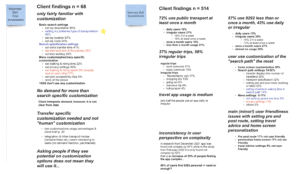
We reviewed the 2022 questionnaire by the 9292 team, which gathered 514 responses. It focused on public transport usage, reasons for using route planning apps, and preferences for personalized settings. We analyzed it and generated our own insights to shape the first user profiles.
2. Online reviews

We collected 112 online reviews from the Google Play and Apple App Stores, split between 54 Dutch and 58 English speakers. By clustering feedback, we identified common user issues and areas for potential improvement.
Interview
1. Random Field Interviews
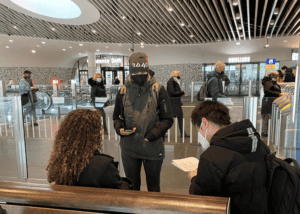
We conducted random interviews with 11 people at Delft Station and bus stops near TU Delft to understand their 9292 usage habits, including their opinions on customized settings.
Main questions include:
- Have you used 9292 app before? if not, why? Do you use an alternative instead?
- When do you usually use the app?
- Can you tell us a recent instance you used the app?
- for what purpose? where?
- How do you feel about customizing your app tIo your preferences?
- What is your reasoning behind choosing which locations to save?
2. In-depth interview
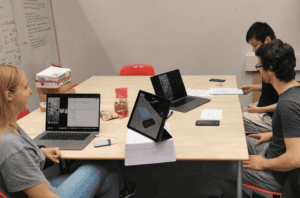
The interview was performed after the usability test. We composed questions that dig into users’ travel habits in order to make connections between the users’ perceived problems and their personal use patterns.
User tests
1. Usability test
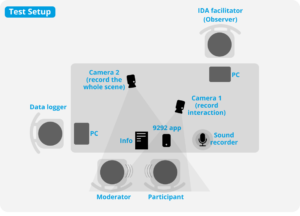
We recruited 8 participants aged 20-30, all with route planning experience. During the test, we designed three open-ended scenarios to encourage users to plan routes and explore personalized settings and filters.
2. SUS Scales (for Validation)
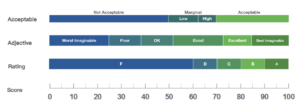
We used the SUS (System Usability Scale), a ten-item questionnaire, to assess the usability of 9292 app. A SUS score above 68 would be considered above average. We used SUS results to compare the usability differences between the original design and the redesign.
Preference explore
1. Desirability test
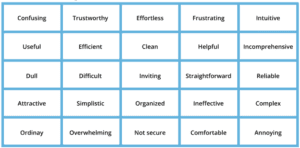
To measure intangible emotional responses from participants, we selected 25 vocabularies from the Microsoft Desirability Toolkit and required participants to select five words that best described the products. It helped participants to describe their current and expected using experience.
2. Card sorting
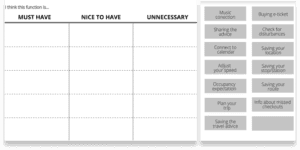
In order to understand users’ priority of requirements for each function, we conducted card sorting. Participants were given a predetermined set of categories: must-have, nice-to-have, and unnecessary. They were asked to organize different features into these categories based on their personal experience.
About Project outcome
In terms of research
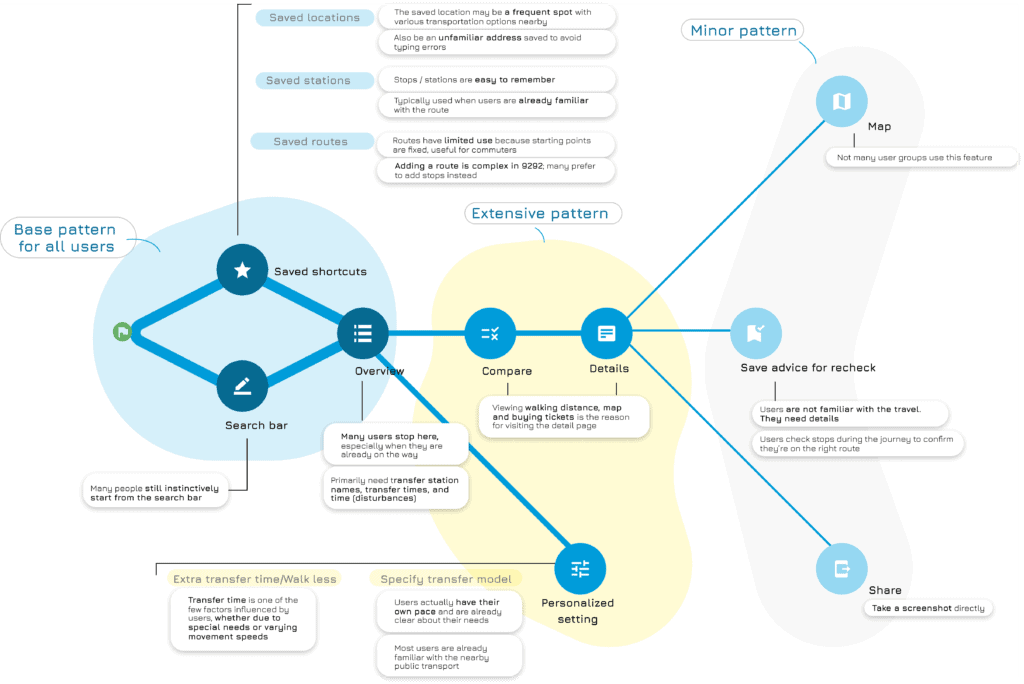
We (1)conducted desk research about online reviews and questionnaire, (2)explored usability issues, (3)created personas and use patterns, and (4)mapped users' functionality priorities.
You said:
In terms of Design
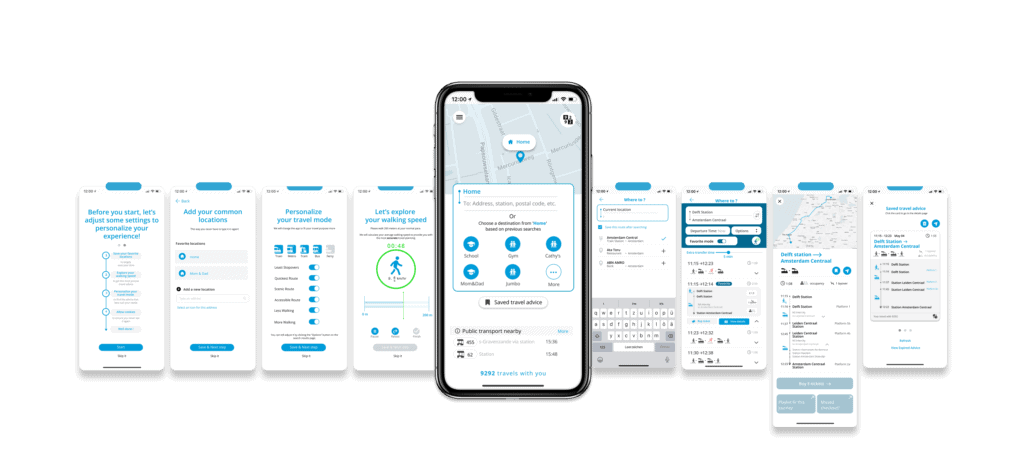
We recommended improving access to adding favorite spots and creating a starter guide that integrates walking speed adjustments and other customization features
- Redesign the process of adding favorites to ensure it seamlessly integrates into the user flow
- Provide accurate estimated walking time by incorporating walking speed setting
- Allowing quick comparisons + making filtered results more distinct
- Redesign saving and sharing features
- Redesigning saved travel advice as tickets
About design validation in this project
Design validation: Positive experience and improved usability perfom
In our research, we set several goals, including improving the searching process, enhancing information presentation for more efficient comparison, and refining the saving and sharing features. After the redesign, we conducted a second user test with seven participants, involving usability testing, interviews, and a desirability test to explore users’ experience with redesign and improvements of existed usability issues.
There is already so much distractions when you’re traveling...It’s very nice that this APP kind of is a calm space
Together all these things make a really nice app and these things together would make me think its a trustworthy app
Quotes from participants
1. Positive experience with redesign
Three participants noted that the app’s straightforward design and access to abundant information and shortcuts made it highly efficient for them.
The redesign was described as intuitive, with two participants attributing this to their familiarity with similar travel apps and the app’s overall flow. Clear clickable areas and buttons contributed to a seamless, intuitive navigation experience.
Additionally, the redesign effectively presented essential information in a clean, uncluttered layout. Two participants highlighted the absence of distractions and the clarity of the design as particularly helpful.
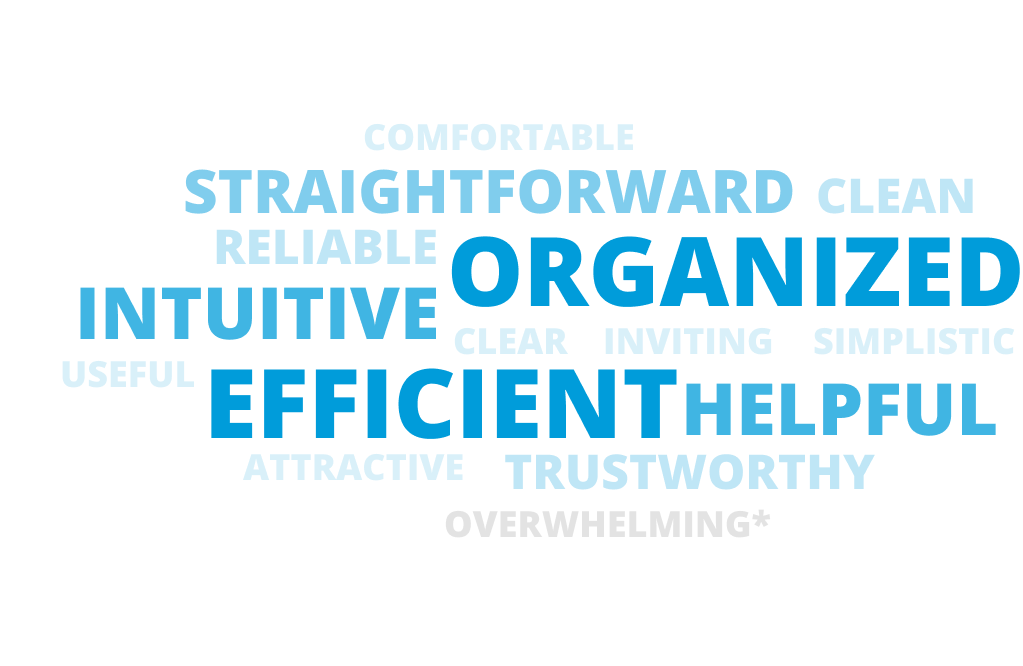
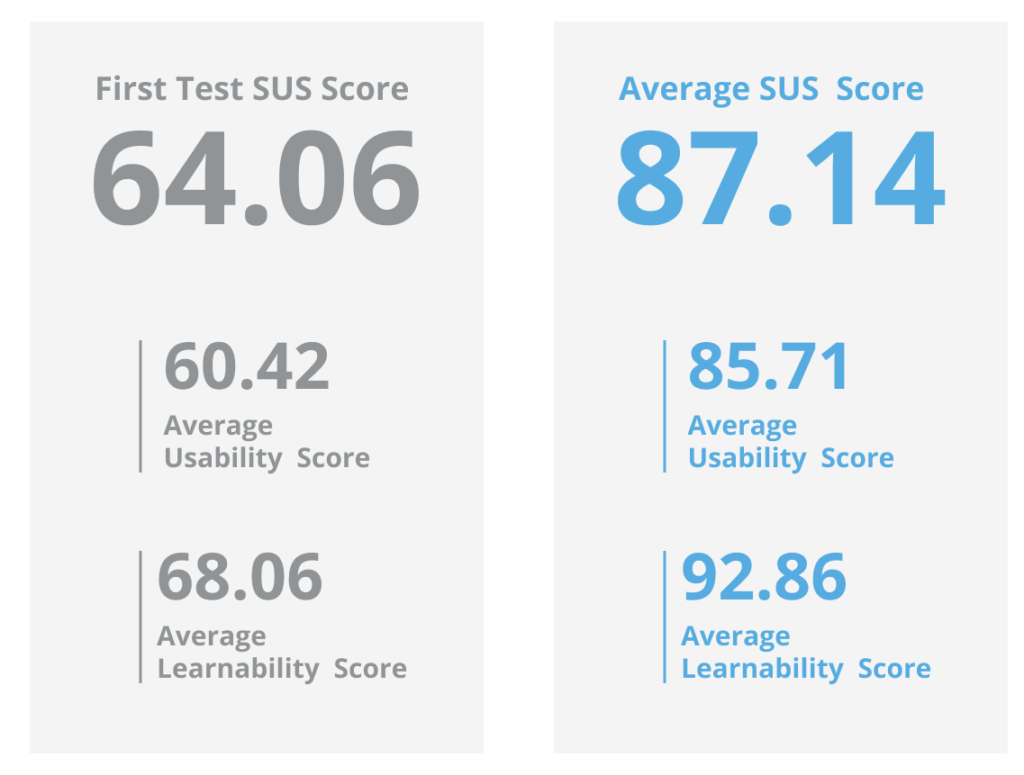
Compared to the previous average SUS score of 64.06, with learnability and usability scores of 68.06 and 60.42 respectively, the new SUS score of 87.14 represents a significant improvement.
2. Significant improvement in usability performance
3. Detail improvements for different features
Onboarding
"Onboarding is a welcome experience but could be too much"
Personalized
Most participants found the onboarding process clear and easy, appreciating its personalized approach compared to the current 9292 version.
Overwhlemed
However, 3/7 felt overwhelmed by the number of decisions required despite the tasks being straightforward.

Walking speed
"Calculate my walking speed makes it be a lot more personal, which I think is nice, because now the 9292 app feels very distant to me"
3/7 mentioned they liked the walking speed set up and most of our participants allowed the app to calculate all the options. While facing this feature, participants mentioned how they appreciate the feature and how it would be nice if the app calculated things for them.

Map for orientation
"It’s easy that you were kind of guided into the screens like one to the next. And there was clear description above"
Although the map feature is currently designed to align with 9292’s focus on providing information rather than developing a full-fledged navigation tool like Google Maps, 3/7 appreciated the sense of orientation and trust it provided.

Searching
It was confirmed that searching first and then saving is a more intuitive process
During the test, 3 participants instinctively clicked on the search bar first, as they wanted to search for the location before saving route. We believe this change will significantly improve the likelihood of saving favorite locations, stops and routes.

Drop down menu
Users like the information design in the dropdown menu
Three out of seven participants used the dropdown menu during the test to compare different travel advice. It’s noteworthy that not all participants noticed this new feature, and once they tried it, they found it easy to learn.
Besides, 4/7 specifically appreciated the icons with small numbers at the bottom-right corner showing walking times, as they made comparisons quicker and clearer without needing to go to the next page.

Favortie mode
"I first had to digest that what does that colored block mean, but now that is nice and easy"
All participants appreciated the smart filter settings during onboarding. While 3 participants initially overlooked on the search result page or didn’t fully understand the feature, they quickly grasped its purpose and how to adjust it within 5 to 15 seconds. This interaction made the searching feel efficient and more intuitive for users.

Saved & Shared features
"I first had to digest that what does that colored block mean, but now that is nice and easy"
Six out of seven participants mentioned that the save and share features are now easy to find. They also found the icons clear and understandable.
Saved advice
"I think I would prefer this way of sharing because then i don’t have to have all these screenshots of the app in my camera roll."
The new version received mostly positive feedback during our user test. Six participants praised the layout and information, describing it as nice, clear, and interesting. Additionally, participants found the sharing process much more intuitive, as they could complete the “share” action quickly.
